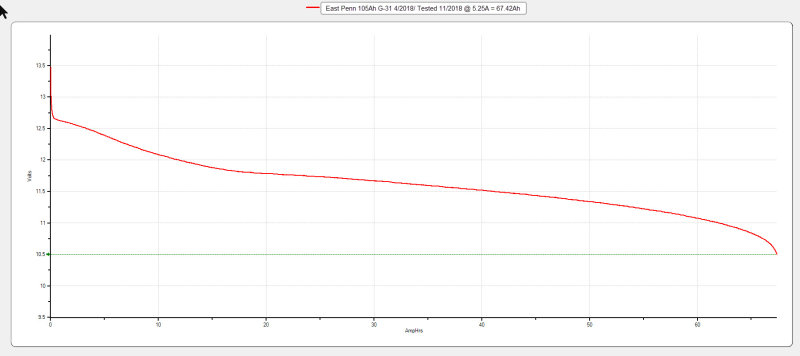8 X 105 and using induction and electric hot water...using 3%?
Something doesn't sound right...
.
Excellent point.
.
Semi-retired welder-fabricator here.
Home-built, we are rigged *significantly* different than something from a factory.
.
We heat water using one of our 'sous vide' circulation heaters (we carry two for resilience).
We heat water in a dedicated three-gallon Torpedo keg, plenty for a shower.
Figure around 900-Watts for ten minutes, tapering to around 400-Watts as it nears the set-point.
At the set-temperature, it cycles at around 80-Watts.
.
And remember, we schedule our draw for mid-day, so much of our juice is straight out of the sky.
.
Our Torpedo keg is part of our extensive keg system:
For drinking and worshing water, we use stainless-steel five-gallon retired Pepsi kegs manufactured by the Cornelius Company.
These kegs are popular with home-brewers of beer and kombucha.
The Torpedo is a miniature version of the standard 'Corny keg'.
.
As we see it, this water system offer advantages over a yuge tank:
* modular -- our typical load is seven kegs, a total of 35-gallons... and we can add several dozen more.
* isolation -- if one gets stanky, the others stay in service... and are used to clean the problem-child.
* loanable -- a keg can go to somebody short on drinking water.
* portable -- a keg can go to the campfire or picnic-table or fish-cleaning board.
.
Corny kegs are engineered to be pressurized.
For us, a quick puff from a 12vdc bicycle-tire compressor, and water flows from the sink-sprayer designed for a stand-still house kitchen.
.
.
After a half-century of making-do in lesser factory 'mobile homes', our current full-time live-aboard is a culmination of everything we need but nothing else.


